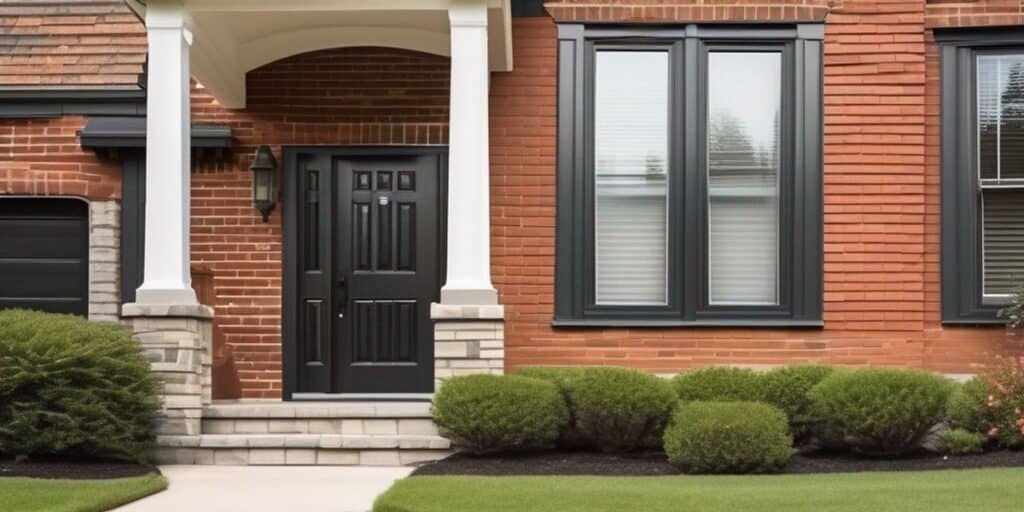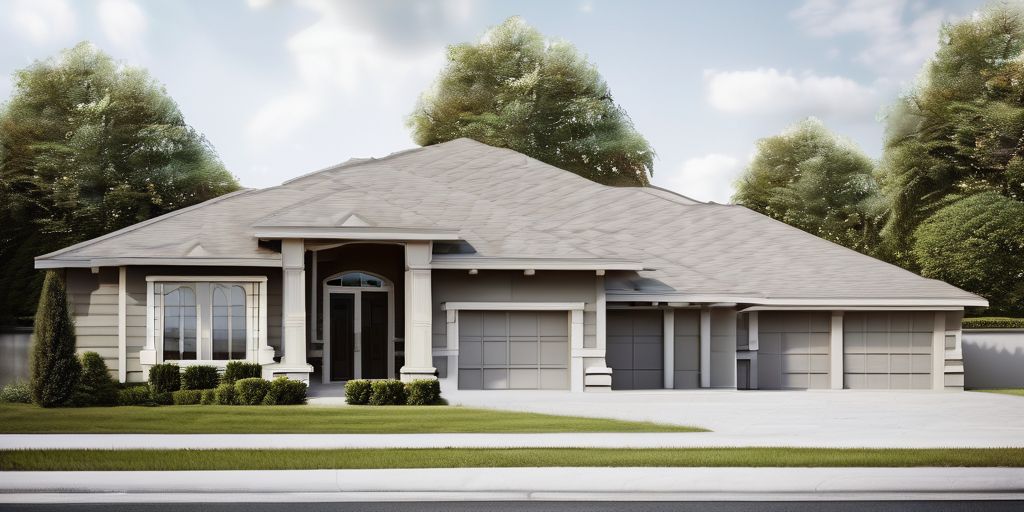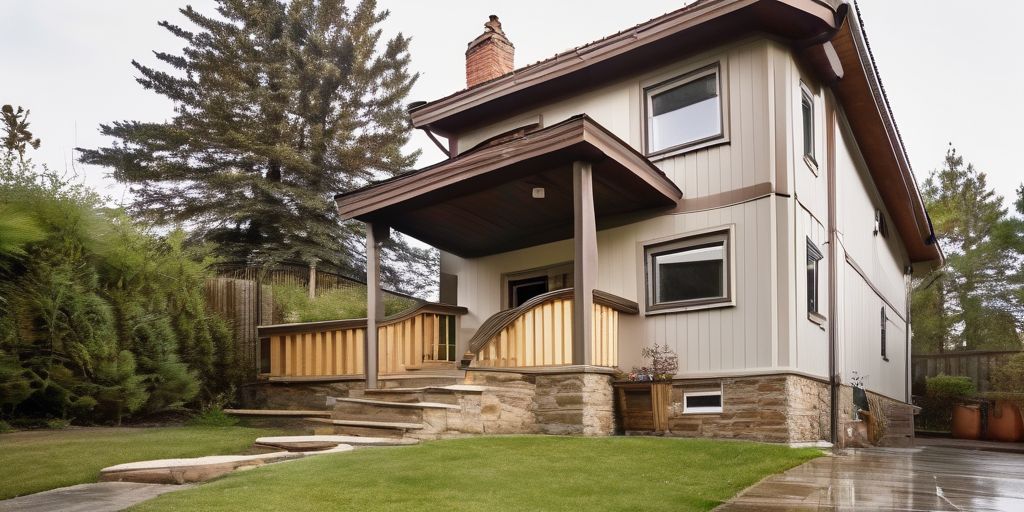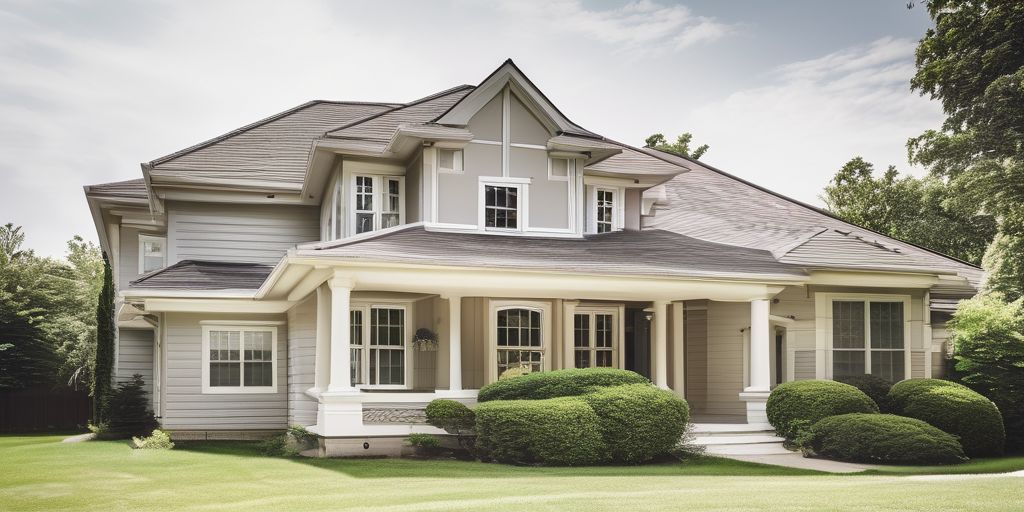Painting the exterior brick of your home can be a rewarding and transformative DIY project. However, it is essential to prioritize safety to ensure the process goes smoothly and without incident. This guide will walk you through the necessary safety measures to take before, during, and after your brick painting project, helping you achieve beautiful results while keeping yourself and your surroundings safe.
Key Takeaways
- Always wear appropriate safety gear, including protective clothing, gloves, and eye and respiratory protection.
- Thoroughly clean and prepare the brick surface to ensure proper paint adhesion and longevity.
- Choose breathable, eco-friendly paints that are safe for both you and the environment.
- Apply multiple thin coats of paint using the right tools for a smooth and long-lasting finish.
- Be prepared for emergencies by having first aid supplies and emergency contact information readily available.
Essential Safety Gear for Brick Painting
Before you begin your DIY exterior brick painting project, it’s crucial to equip yourself with the right safety gear. Safety should always be a priority to protect yourself from potential hazards.
Protective Clothing and Gloves
- Wear gloves to protect your hands. Leather or cloth gloves are sufficient for sanding, while solvent-resistant gloves are required for handling paint thinner and other solvents. Impermeable gloves are best for water- and oil-based paint.
- Use coveralls and shoe covers to protect your clothing and any exposed skin. Disposable or cotton coveralls and disposable shoe covers are ideal.
- If you are working at heights, a hard hat is a wise safety precaution.
Eye and Respiratory Protection
- Equip yourself with eye protection such as safety glasses, eye goggles, or a face shield, especially when handling paint or paint thinners.
- For respiratory protection, a paint respirator is recommended to safeguard your airways from harmful fumes.
Ladders and Scaffolding Safety
- Ensure your ladder or scaffolding is stable and secure before climbing.
- Always follow the manufacturer’s guidelines for safe use.
- Never overreach while on a ladder; move the ladder instead to maintain balance.
Before you begin, make sure that you have your safety gear ready. This will save you time and prevent unnecessary interruptions once you start applying the paint.
Preparing Your Brick Surface Safely
Before you can start painting, it’s essential to prepare the brick surface meticulously. This preparation is a multi-step process that ensures the paint adheres properly and lasts for years to come.
Choosing Safe and Suitable Paints
When it comes to painting exterior brick, selecting the right type of paint is crucial for both safety and durability. Choosing the best paint color is essential for achieving the desired aesthetic, but it’s equally important to ensure the paint is safe for use on brick surfaces.
Selecting Breathable Paints
Breathable paints allow moisture to escape from the brick, preventing issues like mold and mildew. Look for paints specifically designed for masonry to ensure they provide the necessary breathability.
Avoiding Hazardous Materials
Always check the labels to avoid paints containing harmful chemicals. Opt for low-VOC or VOC-free paints to minimize exposure to toxic fumes. This is especially important for DIY enthusiasts who may not have professional-grade ventilation systems.
Using Eco-Friendly Options
Eco-friendly paints are not only better for the environment but also safer for you and your family. These paints often have fewer harmful chemicals and are made from sustainable materials. They are a great choice for those looking to create a uniform colour theme with single-tone brick painting in Niagara Falls.
Safety should always be a priority. Ensure you have the appropriate gear to protect yourself from paint fumes and spills.
By carefully selecting the right type of paint, you can ensure a safer and more durable finish for your exterior brick painting project.
Safe Painting Techniques for Best Results
Applying Multiple Thin Coats
When painting exterior brick, applying multiple thin coats is essential for achieving a smooth and durable finish. This technique helps in avoiding drips and uneven coverage. Here are some steps to follow:
- Start with a high-quality primer to ensure better adhesion.
- Apply the first thin coat of paint and let it dry completely.
- Continue with additional thin coats until you achieve the desired opacity.
Consistency is key. Aim for a balanced distribution of light and dark tones across the entire surface to avoid a patchy look.
Using the Right Tools
Using the right tools can make a significant difference in the outcome of your painting project. Consider the following options:
- Spray Painting: For an even and thorough coverage, consider using a paint sprayer. This method can save time and provide a smooth finish.
- Brush and Roller: When using brushes and rollers, make sure to apply a thicker coat for durability. Opt for high-quality tools to avoid uneven application and shedding bristles.
Remember, consistency is key. Maintaining a steady hand and even pressure will help you avoid drips and streaks, giving your brickwork a polished look.
Maintaining a Safe Work Environment
Safety should always be a priority. Ensure you have the appropriate gear to protect yourself from paint fumes and spills. Before you begin painting, double-check that you have everything you need. This will save you time and prevent unnecessary interruptions once you start applying the paint.
Safety should always be a priority. Ensure you have the appropriate gear to protect yourself from paint fumes and spills.
By following these techniques, you can achieve a professional finish while maintaining a safe and efficient work environment.
Post-Painting Safety Measures
Once you’ve completed your DIY exterior brick painting project, it’s crucial to follow some post-painting safety measures to ensure everything is wrapped up safely and efficiently.
Properly Storing Leftover Paint
Proper storage of leftover paint is essential to maintain its quality and prevent accidents. Always seal the paint cans tightly to avoid spills and contamination. Store them in a cool, dry place away from direct sunlight and out of reach of children and pets.
Cleaning Tools Safely
Cleaning your painting tools properly not only extends their lifespan but also ensures safety. Use appropriate solvents for the type of paint you used. For water-based paints, soap and water will suffice, while oil-based paints require mineral spirits or paint thinner. Always wear gloves and work in a well-ventilated area to avoid inhaling fumes.
Disposing of Waste Responsibly
Disposing of paint waste responsibly is vital for environmental safety. Never pour leftover paint or solvents down the drain. Instead, take them to a local hazardous waste disposal facility. Check with your local waste management services for guidelines on disposing of paint cans and other materials.
Ensuring proper cleanup and maintenance for durability is just as important as the painting process itself. Taking these steps will help you maintain a safe and clean environment after your project is complete.
Weather Considerations for Safe Painting
When planning your DIY exterior brick painting project, it’s crucial to consider the weather conditions to ensure a successful and safe outcome. Selecting the right time of year can make a significant difference in the longevity and appearance of your paint job.
Painting in Suitable Conditions
- Temperature: Aim for a temperature range between 50°F and 85°F. Extreme temperatures can affect paint adhesion and drying time.
- Humidity: Low humidity levels are ideal. High humidity can cause paint to dry too slowly, leading to drips and an uneven finish.
- Wind: Avoid painting on windy days to prevent dust and debris from sticking to the wet paint.
Protecting Yourself from the Elements
- Sun Protection: Wear sunscreen and protective clothing to shield yourself from harmful UV rays.
- Hydration: Keep a water bottle handy to stay hydrated, especially on warmer days.
- Breaks: Take regular breaks in the shade to avoid overheating and fatigue.
Monitoring Weather Changes
- Weather Forecast: Regularly check the weather forecast to avoid unexpected rain or storms that could ruin your paint job.
- Backup Plan: Have a backup plan in case of sudden weather changes. This could include tarps or moving your painting schedule.
- Drying Time: Ensure you have enough dry weather ahead to allow the paint to cure properly.
Selecting exterior brick paint for sunlit areas in Hamilton requires thorough cleaning, repairs, UV-resistant paint, and proper application techniques in optimal weather conditions for long-lasting results.
Emergency Preparedness
First Aid for Minor Injuries
Accidents can happen, so it’s crucial to have a well-stocked first aid kit on hand. Safety should always be a priority. Your kit should include:
- Bandages and gauze
- Antiseptic wipes
- Tweezers
- Pain relievers
- Burn cream
Emergency Contact Information
Keep a list of emergency contact numbers easily accessible. This should include:
- Local emergency services
- Poison control center
- Nearby hospital
- A trusted neighbor or family member
Handling Paint Spills and Accidents
When dealing with paint spills, act quickly to minimize damage. Follow these steps:
- Ventilate the area immediately.
- Use absorbent materials like sand or cat litter to contain the spill.
- Clean the area with appropriate cleaning agents.
- Dispose of waste responsibly.
Safety should always be a priority. Ensure you have the appropriate gear to protect yourself from paint fumes and spills.
Safety should always be a priority. Ensure you have the appropriate gear to protect yourself from paint fumes and spills.
In times of crisis, being prepared can make all the difference. Our comprehensive guide on emergency preparedness covers everything you need to know to keep your family safe. From creating an emergency kit to developing a family communication plan, we’ve got you covered. Don’t wait until it’s too late—visit our website now to learn more and ensure you’re ready for any emergency.
Conclusion
In conclusion, painting brick outdoors can be a fun and rewarding DIY project that can transform the look of your home. By following the steps outlined in this guide, you can easily give your outdoor space a fresh new look. Remember to choose the right materials, prepare the surface properly, apply the paint with care, and enjoy the process. Happy painting!
Frequently Asked Questions
Can I paint brick outdoors without any prior experience?
Yes, with the right guidance and preparation, painting brick outdoors can be a manageable DIY project for beginners.
What type of paint should I use for outdoor brick surfaces?
It is recommended to use a high-quality exterior masonry paint that is specifically designed for outdoor use and can withstand varying weather conditions.
Do I need to clean the brick before painting?
Yes, cleaning the brick thoroughly before painting is essential to ensure proper paint adhesion and longevity.
How should I clean the brick surface before painting?
You should pressure wash the brick, preferably using bleach or a similar chemical to kill any mildew. Rinse thoroughly using the pressure washer.
Why should I use breathable paints for brick surfaces?
Breathable paints like acrylic latex allow moisture to escape, preventing peeling and ensuring a longer-lasting finish.
What are the benefits of applying multiple thin coats of paint?
Applying multiple thin coats ensures better adhesion, a smoother finish, and longer-lasting results compared to one thick coat.





